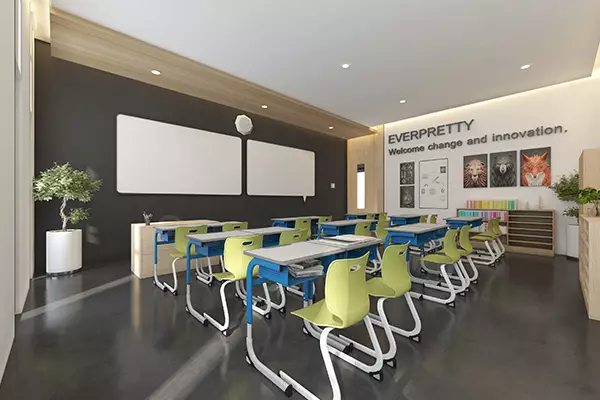An uncomfortable classroom desk and chair design can have significant and far-reaching consequences for students. Not only can it lead to physical discomfort and pain, but it can also have detrimental effects on students’ concentration, productivity, and overall well-being.
Firstly, sitting in an uncomfortable chair for extended periods can result in various physical discomforts and pain. Students may experience back, neck, and shoulder pain, as well as poor posture, which can further exacerbate these issues. The discomfort caused by an inadequate seating arrangement can distract students from focusing on their studies and hinder their ability to engage in classroom activities effectively.
Moreover, an uncomfortable desk and chair can significantly impact students’ concentration and productivity. When students are constantly shifting or fidgeting due to discomfort, it becomes increasingly challenging for them to concentrate on the lesson at hand and effectively participate in classroom discussions. As a result, their attention spans may diminish, leading to reduced academic performance and hindered learning outcomes.
In addition to the immediate effects, an uncomfortable classroom setup can have long-term health implications. Poor ergonomics, such as improper alignment of the spine and joints, can contribute to musculoskeletal issues that may persist into adulthood. This can result in chronic pain and discomfort, hindering students’ overall well-being and quality of life.
Furthermore, an uncomfortable learning environment can significantly impact students’ mental health and well-being. Feeling physically uncomfortable and unable to find a comfortable position can increase stress and anxiety levels, making it harder for students to fully participate and enjoy their learning experience. This can lead to a decreased motivation to learn and engage in educational activities, potentially impacting their overall academic success.
In conclusion, an uncomfortable classroom desk and chair design can have detrimental effects on students’ physical health, academic performance, and emotional well-being. It is crucial to prioritize the use of ergonomic and comfortable furniture in educational settings to create a conducive learning environment that supports students’ overall development and success.




Leave A Comment